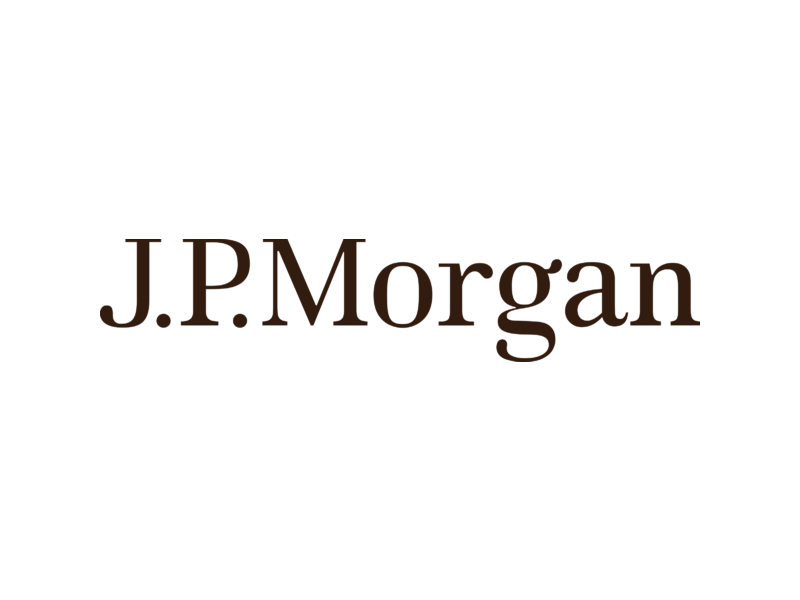The housing market has been tumultuous over the past few years, fueled by inflation, surging mortgage rates, and economic and political uncertainty. Unfavorable conditions and general uncertainty have made home buyers wary of entering the housing market, driving demand down and further restraining recovery and growth. Though initial projections for 2025 looked promising, mortgage rate reductions and housing market growth appear to be very modest for the year ahead. Don’t miss the move: Subscribe to TheStreet’s free daily newsletter However, these moderate improvements are a welcomed change for buyers waiting for uncertain rates and home prices. Mortgage rates have finally fallen for several consecutive weeks, the first consistent rate decline since September. Many experts predict that rates will slowly inch toward 6.5% this year but won’t fall below 6% any time soon. J.P. Morgan recently released its forecast for the 2025 housing market, and the results may provide some relief for buyers and sellers.
J.P. Morgan predicts modest housing market growth despite suppressed demand
Sticky mortgage rates, limited housing supply, and muted buyer demand from challenging market conditions have driven the persistent housing market gridlock. However, these factors feed into each other, so it will take mortgage rates noticeably dropping or housing inventory drastically increasing to spur market movement.
Since mortgage rates are projected to stay above 6% through 2026, housing experts are now emphasizing the need to balance housing inventory with buyer demand to drive down competition and increase home sales. J.P. Morgan’s 2025 Housing Market Outlook anticipates market growth of 3% this year and a considerable increase in housing supply. However, these modest improvements are still below historical levels, indicating that the market has a long way to go before fully stabilizing. The number of existing homes for sale has increased 20% year-over-year and will continue to grow throughout 2025, but it still falls short of below pre-COVID levels. Housing prices have hit record highs, mortgage rates have remained steady at twenty-year highs, and soaring consumer prices have left homebuyers with less money to devote toward financial milestones like buying a home.
More on homebuying:
- Dave Ramsey warns Americans on a homebuying mistake to avoid
- Housing expert reveals surprising ways to reduce your mortgage rate
- Americans buying homes may see major housing cost changes in 2025
- Finance veteran has a warning for Americans purchasing a home now
John Sim, head of Securitized Products Research at J.P. Morgan, notes that lower mortgage rates are the most direct way to improve housing conditions but predicts rates will only fall meagerly to 6.7% this year. Elevated mortgage rates lock first-time homebuyers out of the housing market by creating unaffordable mortgage payments and disincentivize sellers from putting their homes on the market, as most are locked into far more competitive interest rates.
“The situation is not going to change until we get mortgage rates back down toward 5%, or even lower,” said Sim. “More than 80% of borrowers are 100 basis points (bps) or more out-of-the-money. These are borrowers who have a significant disincentive to sell their home, and this is creating the dearth in supply.”
J.P. Morgan highlights that federal policies will impact the housing market
The Trump administration has focused on making sweeping cuts to federal departments and programs and issuing several executive orders. More recently, the newly appointed Secretary of Treasury Scott Bessent has reiterated the White House’s commitment to lowering mortgage rates and will focus on bringing down the 10-year treasury yield.
While this approach is a pragmatic way to bring down mortgage rates organically, federal legislation such as immigration policy and trade tariffs can impact economic growth, investor confidence, and the labor market — all factors that shape the treasury yield and, therefore, mortgage rates. “By reducing immigration and lessening demand, Trump argues that housing costs can be reduced,” Sim explained. “It’s not that simple, though — approximately 30% of construction workers are immigrants, so cutting immigration would mean cutting labor supply in the construction industry, which could end up exacerbating the lack of affordable housing.” Another initiative — supported strongly by billionaire hedge fund investor Bill Ackman — is privatizing federally-sponsored housing organizations, Fannie Mae and Freddie Mac. However, J.P. Morgan analysts highlight that this plan could very well increase mortgage rates for consumers, an outcome that could derail the administration’s housing market goals.
For now, housing market experts predict mild relief for homebuyers but don’t foresee the market changing considerably this year until federal housing policy becomes clearer.
The Arena Media Brands, LLC THESTREET is a registered trademark of TheStreet, Inc. This story was originally published February 18, 2025 at 9:03 PM.
Read more at: https://www.miamiherald.com/news/business/article300554099.html#storylink=cpy





















